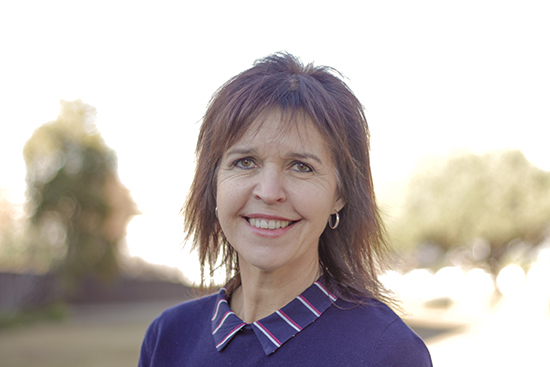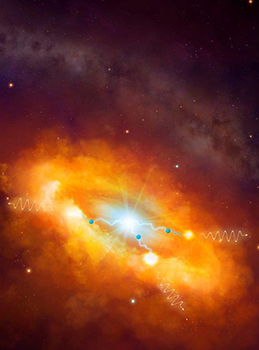Latest News Archive
Please select Category, Year, and then Month to display items
27 August 2018
Photo Barend Nagel
 Arina Engelbrecht’s vision is for all Kovsies to lead holistically healthy lives.
Arina Engelbrecht’s vision is for all Kovsies to lead holistically healthy lives.
How do you start living a healthy lifestyle? Arina Engelbrecht, a wellness specialist in the Employee Wellness Division at the University of the Free State (UFS) says it only takes a few changes. Her passion is to motivate people to live a balanced life.
Being active enables a person to live life to the full. “Aim to exercise 150 minutes a week, which equates to 30 minutes five times a week in order to experience health benefits like prevention of lifestyle illnesses, better sleeping patterns, decreasing stress or anxiety and feeling more energetic,” says Engelbrecht.
Some of the initiatives Engelbrecht and her team drive are the Healthy Lifestyle Challenge, Park Runs in Bloemfontein, and the Healthy4Life Pedometer Challenge, which encourage staff members to become more physically active. “Everything we do, think or feel is influenced by what we eat! It is therefore important to eat a balanced diet. Healthy food = quality fuel = good health = sustained energy = peak performance,” she explains.
Pedometer Challenge
In the space of eight weeks 240 staff members from all campuses walked 54 000km as part of the Pedometer Challenge. Engelbrecht and her team mobilised 53 active teams from all three campuses. Three of these teams emerged as the winners as they exceeded the target of 1 300km which is the equivalent of walking to Cape Town. In September 2018 the Challenge is going national as the North-West University competes against UFS.
Celebrating women
This Women’s Month Engelbrecht’s message to women of Kovsies is: “We must start embracing who we are and start believing in ourselves, whether it is in the workplace, in business, or at home.”
Two scientists part of team that discovers the source of the highest energy cosmic rays at the centre of the Milky Way
2016-03-22

Artist's impression of the giant molecular clouds surrounding the Galactic Centre, bombarded by very high energy protons accelerated in the vicinity of the central black hole and subsequently shining in gamma rays.
Artist's impression: © Dr Mark A. Garlick/ H.E.S.S. Collaboration Spotlight photo:
Dr Brian van Soelen and Prof Pieter Meintjes of the UFS Department of Physics.
Photo: Charl Devenish
|
H.E.S.S. (High Energy Stereoscopic System) scientists publically revealed their latest galactic discovery in the international science journal, Nature, on 16 March 2016. These scientists were able to pinpoint the most powerful source of cosmic radiation – which, up to now, remained a mystery.
Part of this team of scientists are Prof Pieter Meintjes and Dr Brian van Soelen, both in the University of the Free State (UFS) Department of Physics. Dr Van Soelen explains that they have discovered a proton PeVatron – a source that can accelerate protons up to energies of ~1 PeV (10^15 eV) – at the centre of the Milky Way. The supermassive black hole called Sagittarius A has been identified as the most plausible source of this unprecedented acceleration of protons.
The protons are accelerated to Very High Energy (VHE) gamma rays. The energy of these protons are 100 times larger than those achieved by the Large Hadron Collider at CERN (the European Organization for Nuclear Research).
According to Dr Van Soelen, the fact that this research has been published in Nature demonstrates the importance and pioneering nature of the research conducted by H.E.S.S. The H.E.S.S. observatory – operational in Namibia – is a collaboration between 42 scientific institutions in 12 countries.
In 2006, H.E.S.S. was awarded the Descartes Prize of the European Commission – the highest recognition for collaborative research – and in 2010 the prestigious Rossi Prize of the American Astronomical Society. The extent of the observatory’s significance places it among the ranks of the Hubble Space Telescope and the telescopes of the European Southern Observatory in Chile.
“The next generation VHE gamma-ray telescope,” Dr Van Soelen says, “will be the Cherenkov Telescope Array (CTA), which is currently in the design and development stage.” Both Dr Van Soelen and Prof Meintjes are part of this project as well.
H.E.S.S. has issued a complete statement about the paper published in Nature.